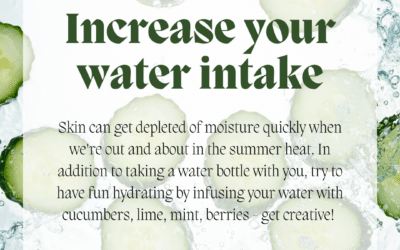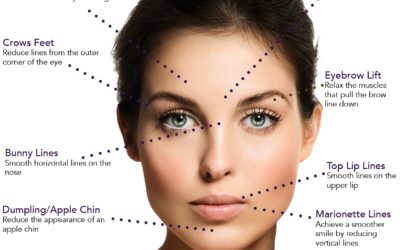Enzyme Exfoliation for the Winter Skin
All skin types can benefit from enzyme exfoliation during the cooler months of winter, where hot showers and heaters create superficial dryness. Enzymes are a naturally occurring solution for this challenge by digesting and dissolving dead, dry skin cells, revealing healthy, radiant skin.
Enzymes are primarily proteins that are necessary for life. In the body and cells their role ranges from digestion to increasing metabolism. They speed up the rate of most chemical reactions that take place in the cells, catalyzing most cellular functions.
When applied topically, enzymes are proteolytic, meaning they digest the cells of the stratum corneum – the first layer of the skin. Enzymes break down the old cells that congest the pores and will then prevent the penetration of topical serums, which in turn hinders overall skin functioning. Removing the dead skin cells, allows the skin to regenerate more quickly, assisting with skin concerns such as premature aging and acne. Other benefits when using enzymes include their ability to increase skin elasticity and hydration by maintaining natural moisture levels in the skin. Enzymes speed up cellular functioning and fight against oxidation and free radical damage, protecting skin from environmental damage.
In the treatment room enzymes and acids can be used separately or mixed, each providing a powerful result. Enzymes in general are less exfoliating than acids like glycolic, salicylic, mandelic or lactic. Therefore, they are more appropriate for sensitive, medically compromised, reactive or thin skin. Introducing enzymes in skin treatments when you are pregnant or breastfeeding is particularly useful to still allow an effective method of exfoliation.
Enzymes:
Mostly sourced from vegetables and fruit such as pumpkin, (the most exfoliating enzyme) pineapple (bromelain enzyme), papaya (papain enzyme), and apples
A gentle exfoliation method but this can be dependent on the pH
Exfoliates the stratum corneum
Less likely to irritate the skin
Function at a wider pH range
Digest dead skin cells
Come in the form of either a gommage, gel, cream, liquid or powder
Acids:
- Mostly sourced from milk, sugar and plant-based products
- Deeper exfoliation method with progressive, mid-depth and deep peeling levels
- Can be an aggressive method of exfoliation
- Are both pH and % dependent on the level of exfoliation
- Dissolve dead skin cells
Enzymes can be more efficiently utilised in the treatment room when:
The cleanser being used is chosen wisely. A creamy cleanser will limit the exfoliation intensity compared to a foamy or gel-based cleanser.
A pre-peel solution will strip the skin of lipids and therefore facilitate a more aggressive exfoliation
The use of heat and moisture with a steamer or hot towel will amplify the enzyme activity.
Enzymes can be added to many treatments in the clinic room to increase their efficacy. They can be blended with antioxidants, pure vitamins and hyaluronic acid which will increase the support, hydration and vital nutrients of the skin. Some of the treatment modalities which will benefit from the addition of enzymes are:
*Microdermabrasion results using suction and super fine crystals to exfoliate the skin can be amplified when using enzyme exfoliation before the treatment
*JetPeel treatments utilise a medical-grade saline solution instead of microcrystals from the microdermabrasion. The supersonic jet of saline droplets from the JetPeel is amplified when an enzyme solution is used before this step. This has the added benefit of improving the circulation and hydration of the skin
*Ultrasonic skin exfoliating utilises sound waves and vibrations that penetrate through the upper layers of the skin. The Ultrasonic treatment improves the texture, tone and circulation of the skin. The benefits of the Ultrasonic device are amplified when an enzyme exfoliation is used before the treatment.
Enzymes are not new in the aesthetic arena but are worth consideration when wanting healthy, hydrated and radiant skin.



